
In today’s digital age, the demand for data storage and processing power continues to grow exponentially. With the increasing reliance on technology and the ever-expanding reach of the internet, the environmental impact of data centers has become a critical concern. As a result, the concept of green data centers has emerged as a solution to minimize the carbon footprint of these energy-intensive facilities. In this article, we will explore the key principles and benefits of green data centers, and how they are driving sustainability in the digital world.
Table of Contents
- Introduction
- What are Green Data Centers?
- The Need for Green Data Centers
- Energy Efficiency in Data Centers
- Renewable Energy Integration
- Cooling and Heat Recovery Systems
- Waste Management and Recycling
- Monitoring and Optimization
- Benefits of Green Data Centers
Introduction
As the world becomes increasingly interconnected, the amount of data generated and consumed is skyrocketing. From streaming services and social media platforms to e-commerce and cloud computing, the digital landscape is expanding at an unprecedented pace. Behind the scenes, data centers play a crucial role in storing, processing, and delivering this vast amount of information. However, the environmental impact of data centers cannot be ignored.
What are Green Data Centers?
Green data centers, also known as sustainable data centers or eco-friendly data centers, are designed to minimize their energy consumption and reduce their carbon footprint. These facilities incorporate various technologies and practices to increase energy efficiency, integrate renewable energy sources, optimize cooling systems, manage waste, and monitor resource usage. By adopting these green strategies, data centers can significantly reduce their environmental impact.
The Need for Green Data Centers
The exponential growth of data centers has led to a significant increase in energy consumption. According to the International Energy Agency, data centers accounted for about 2% of global electricity consumption in 2019, and this figure is expected to rise. With concerns over climate change and the depletion of natural resources, the need for sustainable data centers is more pressing than ever.
Energy Efficiency in Data Centers
One of the key principles of green data centers is energy efficiency. Traditional data centers typically consume a massive amount of electricity to power servers, cooling systems, and other infrastructure. Green data centers employ various strategies to reduce energy consumption, such as server virtualization, efficient power distribution, and advanced cooling technologies.
Server virtualization involves running multiple virtual servers on a single physical server, maximizing resource utilization and reducing the number of physical servers required. This not only saves energy but also minimizes the physical footprint of the data center. In addition, efficient power distribution systems, such as intelligent power management and dynamic voltage scaling, help optimize power usage and reduce wastage.
Renewable Energy Integration
To further reduce their carbon footprint, green data centers prioritize the integration of renewable energy sources. Solar panels, wind turbines, and geothermal systems are commonly used to generate clean and sustainable electricity. By harnessing these renewable sources, data centers can significantly reduce their reliance on fossil fuels and contribute to a greener energy grid.
Cooling and Heat Recovery Systems
Cooling is a critical aspect of data center operations, as servers generate a significant amount of heat. Traditional cooling systems consume a substantial amount of energy, contributing to the overall energy consumption of data centers. Green data centers employ innovative cooling technologies, such as liquid cooling and free cooling, to minimize energy usage.
Liquid cooling involves using a liquid coolant to dissipate heat from servers, resulting in more efficient cooling compared to traditional air cooling. Free cooling takes advantage of ambient air or natural water sources to cool the data center, eliminating the need for mechanical cooling systems. These cooling strategies not only reduce energy consumption but also improve the overall performance and reliability of the data center.
Heat recovery systems are another integral part of green data centers. Instead of wasting the excess heat generated by servers, this heat can be captured and repurposed for heating nearby buildings or for other industrial processes. This not only reduces energy waste but also provides a sustainable heating solution.
Waste Management and Recycling
Green data centers prioritize waste management and recycling to minimize their environmental impact. Data centers produce electronic waste (e-waste) in the form of outdated or faulty equipment. Green data centers ensure proper disposal and recycling of e-waste, adhering to environmental regulations and standards. Recycling materials such as copper, aluminum, and steel not only reduces the need for raw materials but also minimizes the energy-intensive process of mining and manufacturing.
Monitoring and Optimization
Continuous monitoring and optimization are essential for maintaining the efficiency and sustainability of green data centers. Advanced monitoring systems track and analyze energy usage, temperature, humidity, and other metrics to identify areas for improvement. This data allows data center operators to optimize resource allocation, implement energy-saving measures, and anticipate potential issues.
Benefits of Green Data Centers
Green data centers offer numerous benefits, both for the environment and for businesses. By reducing energy consumption and carbon emissions, green data centers contribute to a more sustainable future. In addition, businesses that operate in green data centers can enhance their corporate social responsibility (CSR) efforts and improve their brand image.
From a financial perspective, green data centers can also lead to significant cost savings. Energy-efficient designs and practices result in lower electricity bills, while the integration of renewable energy sources can provide long-term energy cost stability. Furthermore, green data centers often qualify for government incentives and certifications, which can further reduce operational costs.
Conclusion
Green data centers are at the forefront of the sustainability movement in the digital age. By adopting energy-efficient designs, integrating renewable energy sources, optimizing cooling systems, managing waste, and continuously monitoring and optimizing resource usage, these facilities are driving sustainability in the data center industry. With the ever-increasing demand for data storage and processing, the importance of green data centers cannot be overstated. By embracing sustainable practices, the digital world can continue to grow while minimizing its impact on the environment.



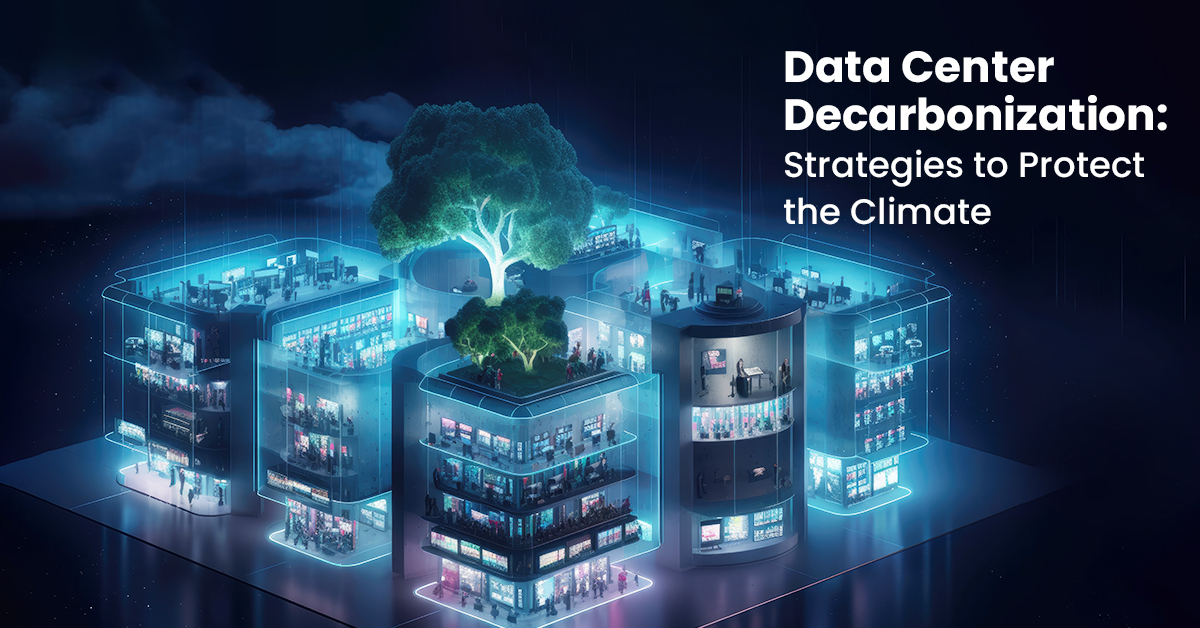

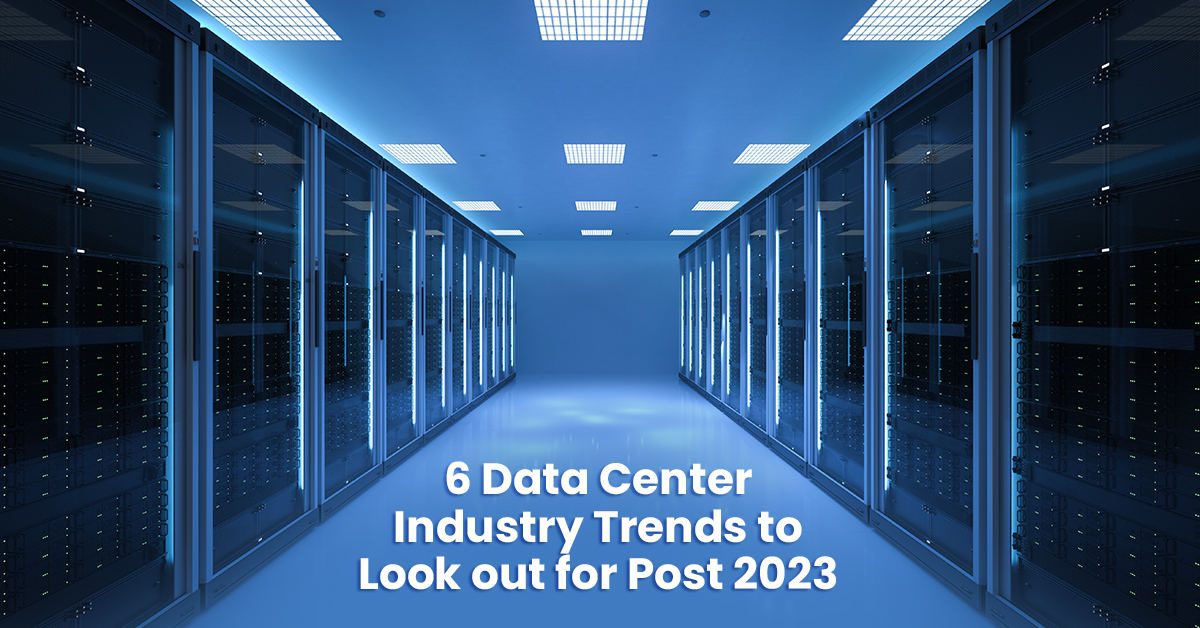
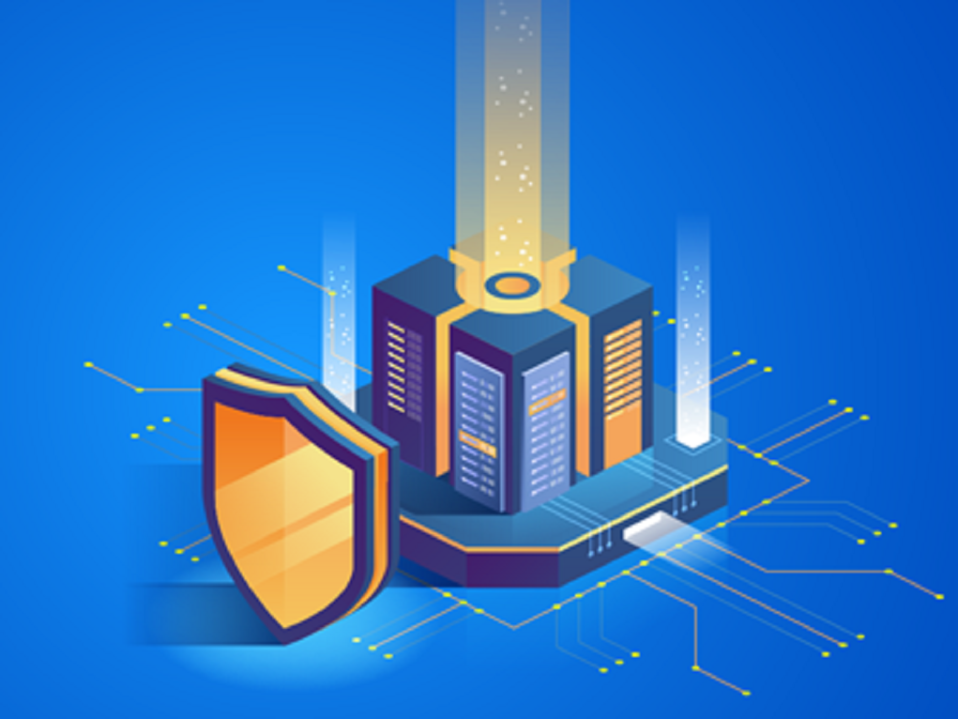

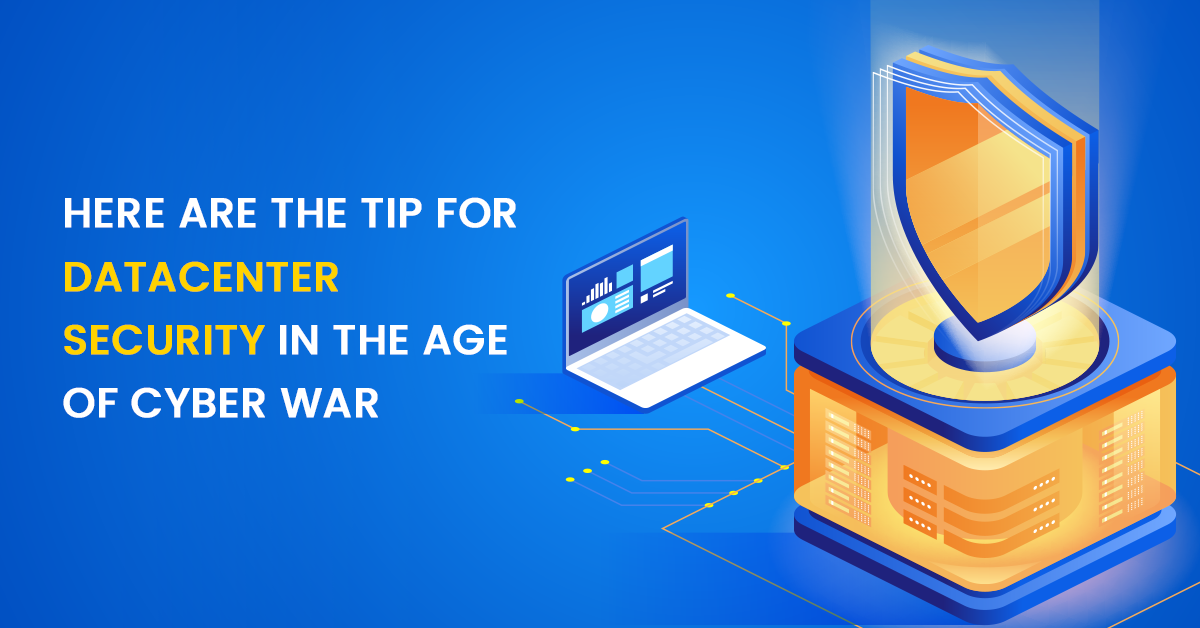

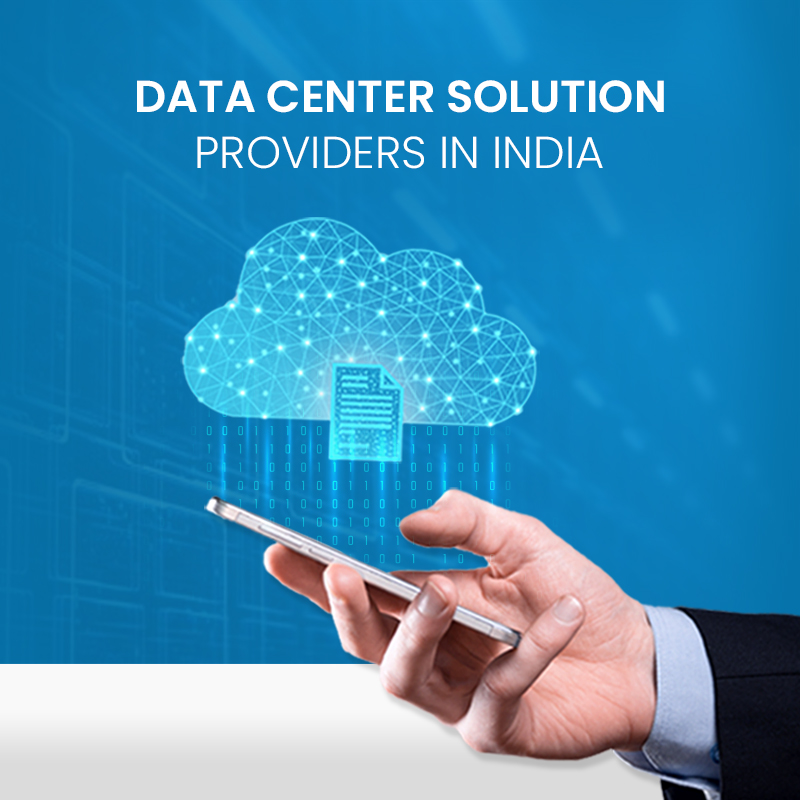
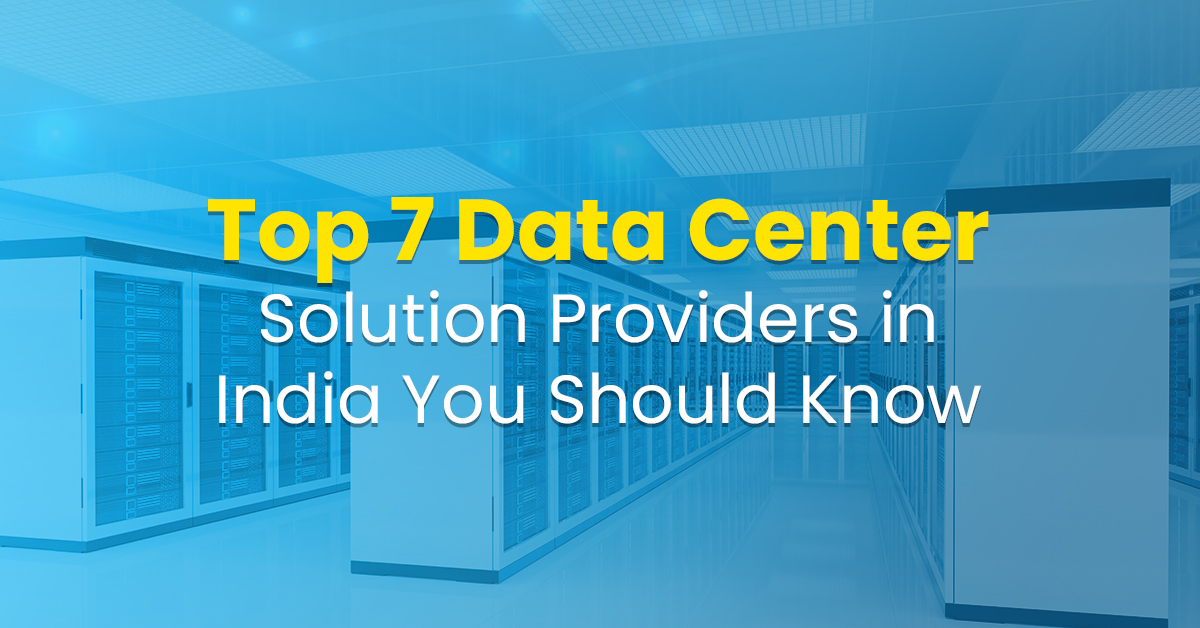

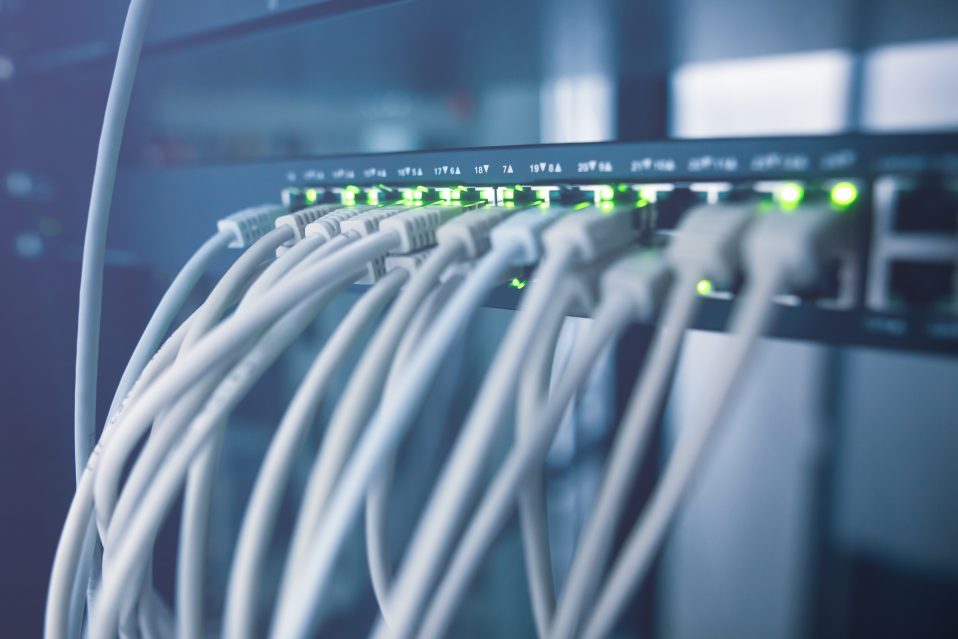
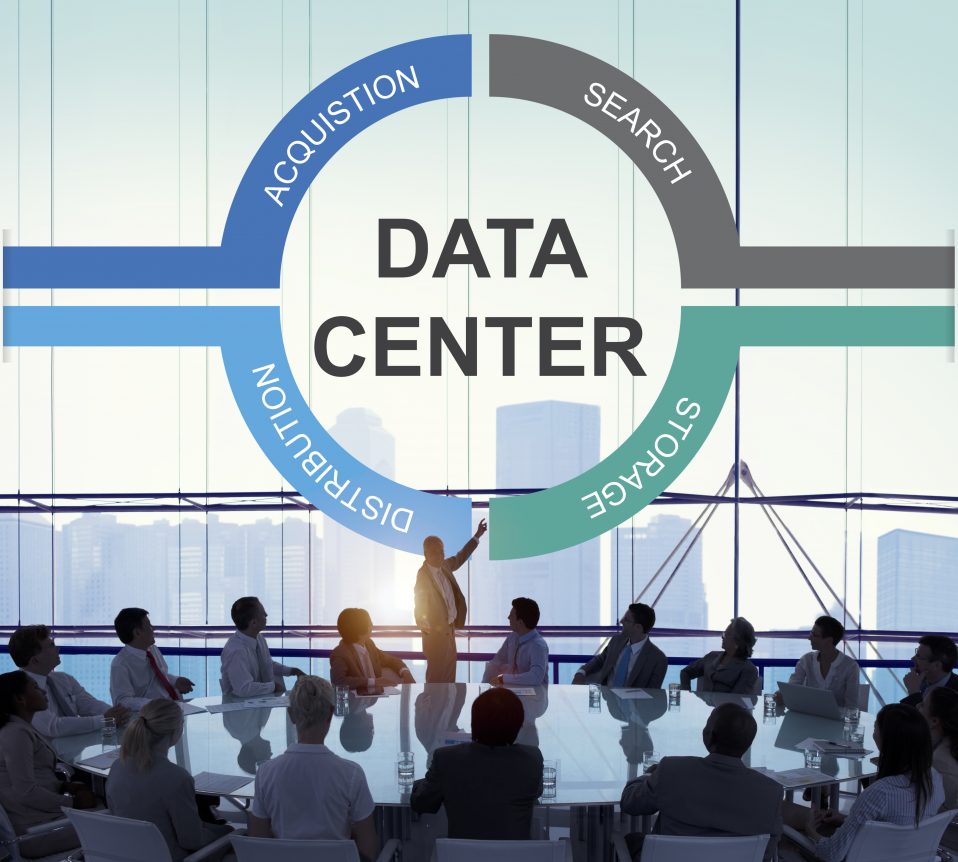
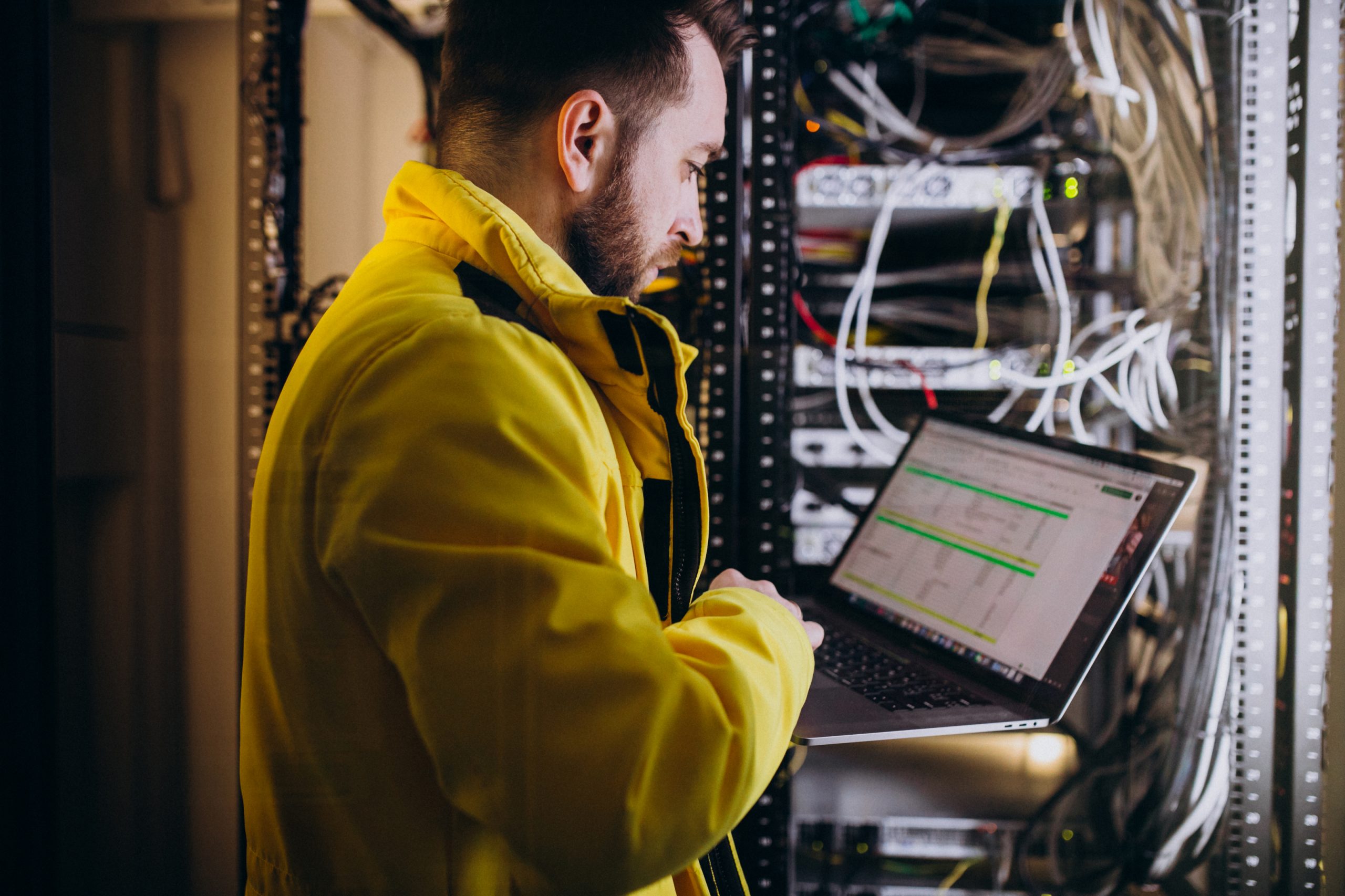
Recent Comments